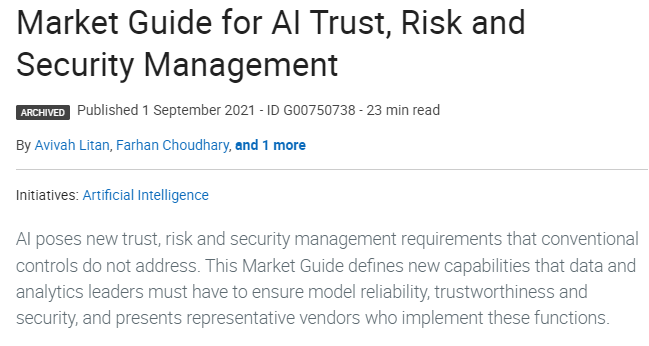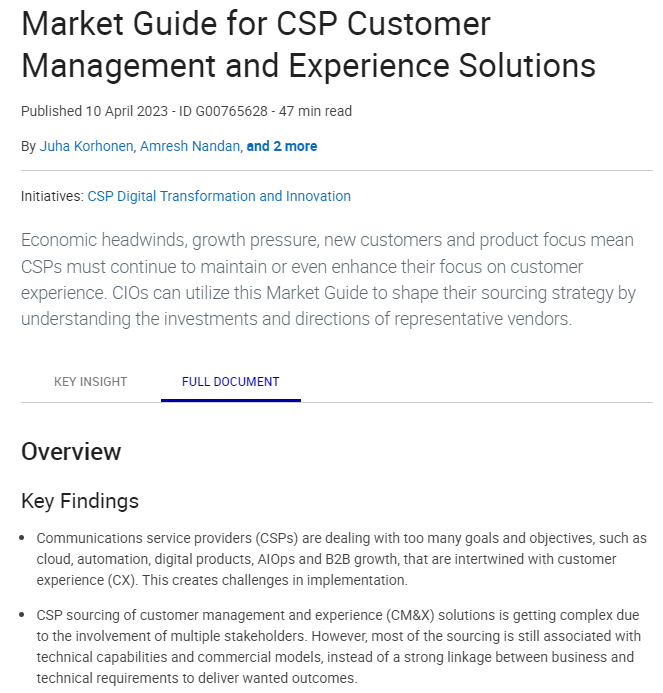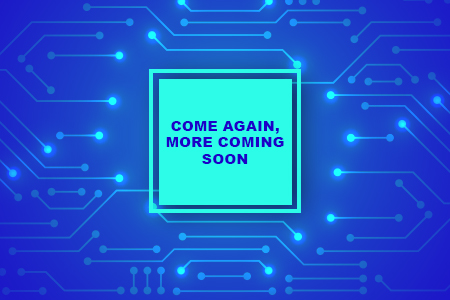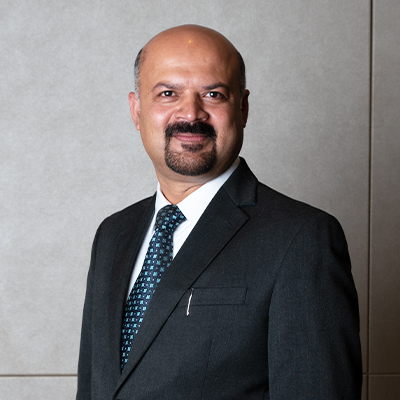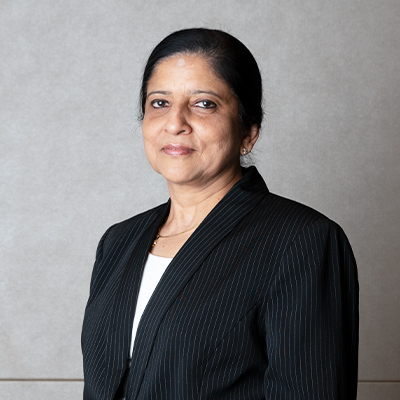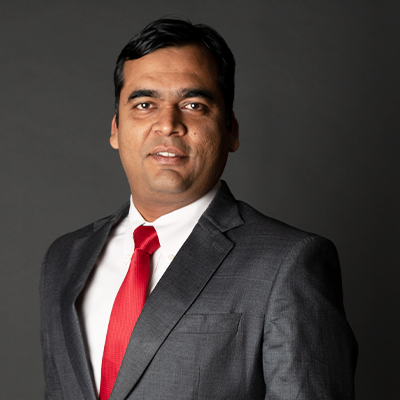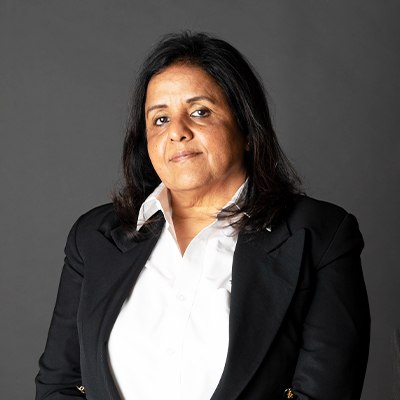From Legacy to Tomorrow: An Overview of Charging, Billing, & Service Monetization Trends
From Legacy to Tomorrow: An Overview of Charging, Billing, & Service Monetization Trends
The high-bandwidth, low-latency capabilities of the 5G spectrum are generating a diverse range of emerging use cases. As we anticipate the evolution of future integrated networks, with its predicted wide range of services and perhaps severe competition among many market participants, there arises a crucial demand for cloud-ready revenue management systems that can support multiple charging models for consumers, and settlement models across partners.
In this blog, we explain the recent developments in charging and billing architectures, and the key features of these developments, thus giving a list of essential charging and billing ingredients for tomorrow’s communication and service environments.
Charging and billing are critical components of any commercially viable network operation and service offering. With the introduction of an array of new services, the need for effective pricing and billing will almost certainly expand. More complicated forms of billing and tariff models will need to be provided, especially when services are coupled with customer-specific product offers, in order to gain an advantage over competitors.
The trend in mobile telecommunication networks is towards a greater diversity of access networks, as well as convergence with fixed networks and the Internet. The resulting future converged network, with its expected wide range of services and potentially stiff competition among market participants, will necessitate charging systems with greater flexibility, scalability, and efficiency than is currently available.
Legacy CSP Revenue Management systems are mostly designed to monetize services offered by CSP to the users (vanila B2C & B2B models with extensive focus on Sim services). With the advent of high-speed & low latency, network slicing capabilities, there is a potential for new products & services offered that can be offered through partner ecosystems across multiple verticals such as health care, mobility, and automotive in the new 5G ecosystems on top of connectivity services provided by CSPs.
This necessitates a flexible, scalable, efficient, feature-rich revenue management solution to ensure commercial success in such multi-party B2B2X business models. It is critical that Product offering and revenue share aspects are seamless to the end user as well as across partners in real-time.
So, what are the primary motivators for current, future-proof 5G monetisation capability?
The next-generation revenue monetization systems need to support:
- Service demand of ultra-low latency and high bandwidth
- Inbuilt AI/ML capabilities so that policy enforcements are as accurate as defined in slice definition
- Multi-tenant and multi-partner capability
- Real-time monetization, revenue sharing, and settlement capability
- Ability to monetize a variety of services including multiple payment models such as pre-paid, post-paid, and hybrid, also charge based on events, simple usage as well variety of tiered rating and volume-based rating and discounting models.
Security and isolation of data as well as resources so that in additional data security performance of one “slice” does not impact others.
Tecnotree is focusing on some key areas over the next 12-18 months in terms of enhancing the cloud offering as well as building out innovative partner monetisation through the Tecnotree Moments platform. Below is an overview of our vision.

Many operators faced challenges due to many different revenue management systems for various silos in their stacks. In addition to the massive transformation issues that existed prior to their plans to adopt standalone 5G and extend beyond smartphone connectivity, there is an increasing need to address other charging factors, such as:
- Cost saving, particularly for IoT needs to be much more efficient and allow for a far broader range of services.
- The massive network overhaul, which allows for the consolidation/convergence of lines of business and long-established silos
Allowing for future adaptability. While it is impossible to predict which services will eventually be successful, operators understand that as the rate of change accelerates, so will the opportunities. They can prepare for this by doing the following:
- Expand and maintain network exposure to enable a diverse variety of B2B2X collaborations based on modern value chains.
- Implement modifications to operational procedures, such as acquiring CI/CD capabilities.
- Continuously evaluate multi-cloud tool sets and APIs to avoid single-cloud lock-in issues.
- Remain mindful that consumer and company expectations are changing at a rapid pace. This implies considerations such as 5G, convergent control, microservices, and bundling of other compatible connectivity.
Tecnotree Digital Stack is fully compliant with the latest 3GPP releases and standards, Microservices, and VNF compliance. A summary of the latest standards is given below:
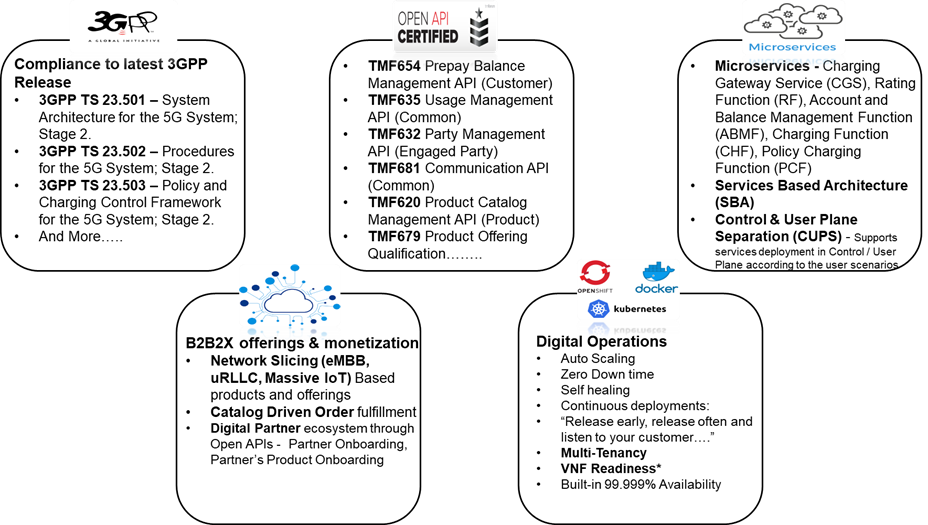
Competitive flexibility will not come solely from the charging domain. Rather, it must be integrated with other 5G-driven processes, particularly those involving artificial intelligence (AI). Because, when combined with charging, such features can deliver on the promise of proactive and personalised experiences while also assuring effective 5G returns. This brings us to a critical point about charging, its critical role in monetization and control of services in 5G networks, and its significance in cloud partnerships. While charging is one of many factors that could lead to 5G success, it is special in two respects. On the one hand, when installed and managed efficiently, it presents chances to produce efficiency. On the other hand, it can collect and share value across partners for more powerful 5G functionalities. This explains why the charging and monetization platform has become a focal point of change for many operators in both the network and information technology spheres.
ABOUT THE AUTHOR

Kiran Punjabi
Director - Product Management, Tecnotree

Ramakrishnan Subramaniam
Senior Director - Software Delivery, Tecnotree

